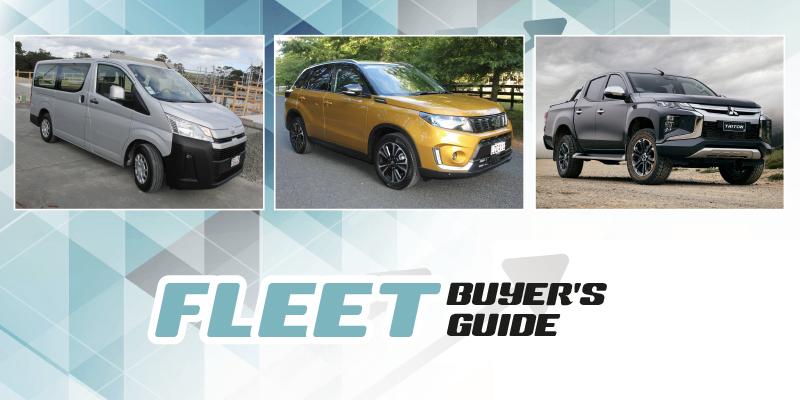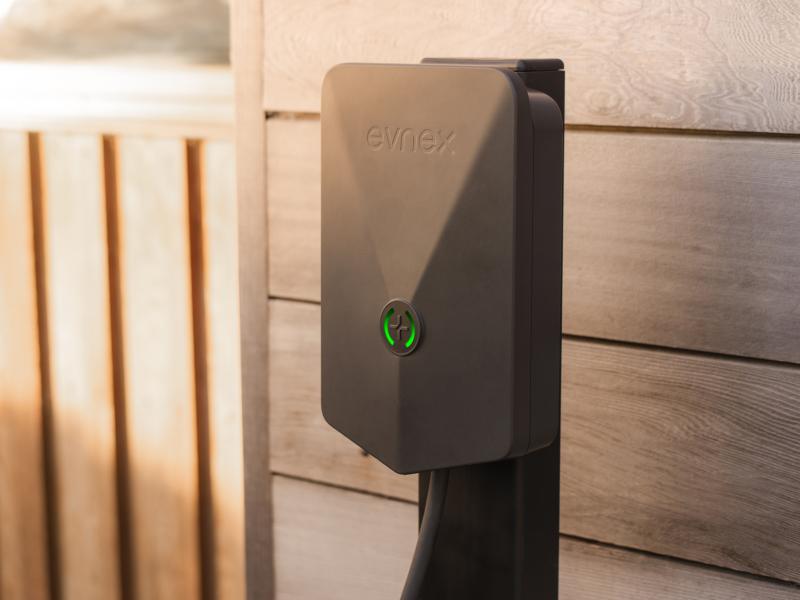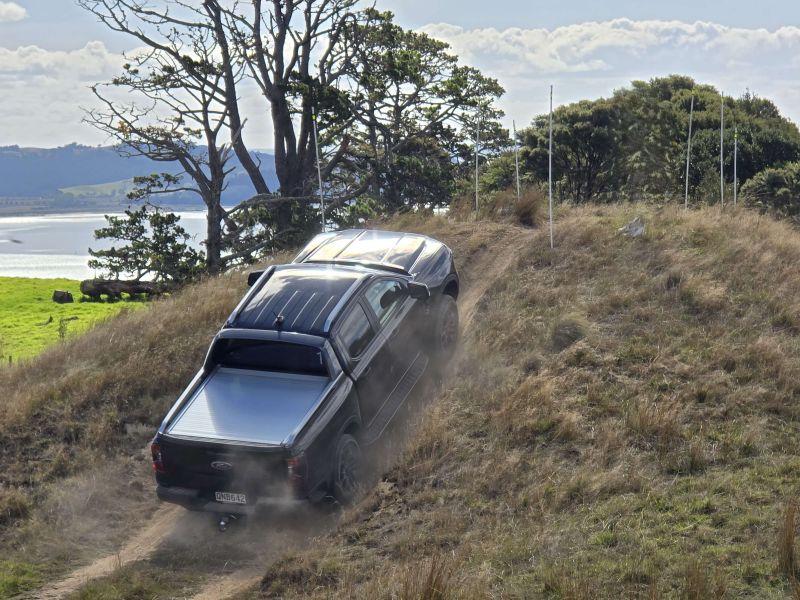Click here to read Fleet Buyers Guide 2020
The year that was 2019 was not exactly the greatest year in the history of New Zealand motoring, but while sales may not have been where everyone wanted them to end up, it was an opportunity for the industry to shore up its vehicle offerings, consolidate ranges and introduce new technologies and key model ranges.
All of this bodes well for a successful 2020, with all brands able to supply a market which thrives on diversity and freedom of choice.
For some brands, this year will still see challenges ahead, especially those brands who have opted to consolidate their range to all but exclude cars. Yes, the national romance with SUVs is still there, but how long can it realistically last?
Already we are seeing sub-compact SUVs arriving on our shores and these are largely hatchbacks on inflated suspension setups, offering slightly higher occupant positions and faux off-road abilities.
Of these there are more to come and there seems to be an undercurrent of focusing on practicality, rather than automotive art in terms of design.
This does mean attention can be shifted to fuel saving technology development – an area which has taken huge steps forward with buyers getting more turned on by electric vehicles.
These still have a long way to go in terms of how far the batteries will take a car and how little a manufacturer can realistically sell those vehicles for, but the industry overall is now able to really get into vehicle electrification now, giving us more options than traditional fossil fuels and – thanks to disruptor brand Tesla’s success in October last year – more options than traditional retailing.
Toyota is the mainstream player in both of these areas, with the Drive Happy programme making the buying process less of a pain point for customers.
While fully electric vehicles are not a big thing for the brand, Toyota has perhaps the widest range of hybrid vehicles and these are proving popular with the more traditional buyer, a consideration which extends to luxury brand Lexus as well.
Korean giant Hyundai is hedging its bets, offering petrol, diesel, EV, plug in hybrids and self-charging hybrids and hydrogen/electrics for the consumer who can’t make up their mind which way they want to jump.
This ‘all things to all comers’ approach is quite a challenge from the manufacturer’s perspective with high R&D costs, but also a potential high rate of return on the multi-pronged approach.
And while fuel saving is at the forefront of everyone’s mind as we enter 2020, we are also being treated to the concept of ‘safety umbrellas’ from many manufacturers who can bundle semi-autonomous safety tech such as lane keep assistance, autonomous braking, adaptive cruise control and much more into an all-inclusive suite of safety kit.
What then, of commercial vehicles? There are some hot tickets to watch for this year, including Ford, Mitsubishi and Renault, all of whom will be introducing new tech, vehicle upgrades and advanced models for the commercial user.
Isuzu, Mazda, Holden and Great Wall will be the utemakers to keep an eye on.
And let us not forget the luxury sector. 2019 was an astonishing year for this area of the market and this is also expected to continue, with BMW and Audi especially, releasing a raft of new models. Mercedes-Benz has cemented its smaller luxury vehicle range very nicely and will no doubt be consolidating its larger vehicles this year, having already introduced the S-Class of SUVs – the GLS400 d – late last year.
All told, it’s looking to be an exciting new decade for the auto industry in this country, and to give you a taste, here is our Fleet Buyer’s Guide as we transition from 2019 to 2020.
Fleet Buyers Guide 2020
We take care to get the information correct at time of publishing. Please check with your local dealer, fleet sales team member or brand website for up to date information.






